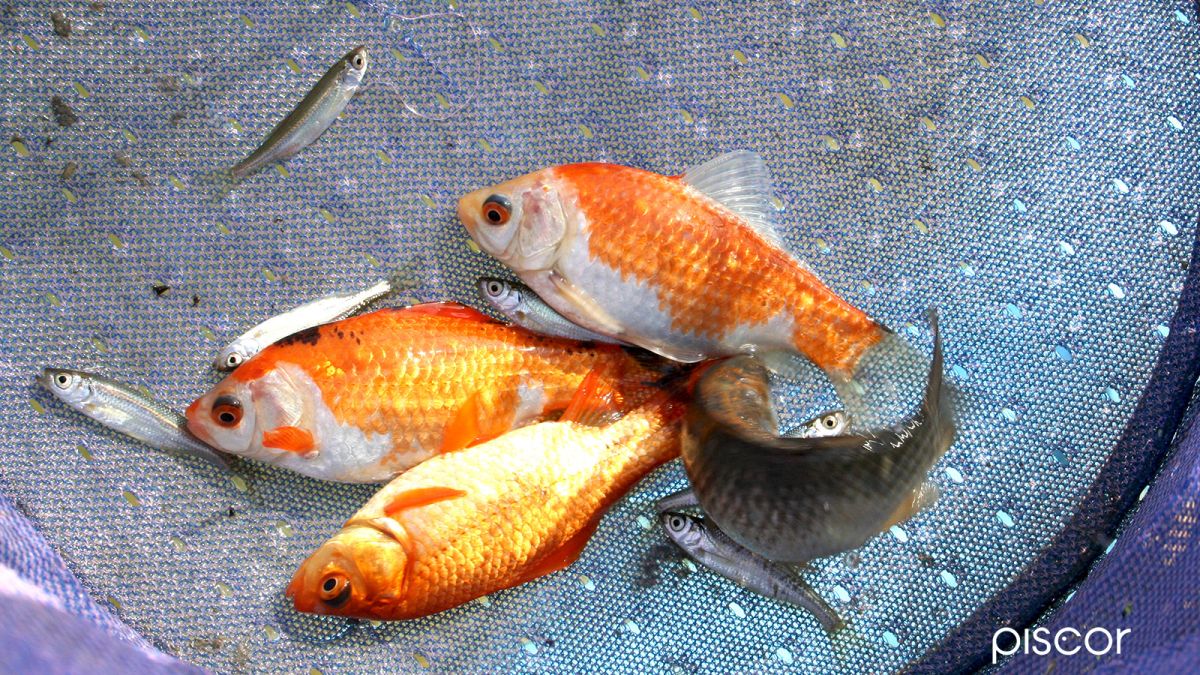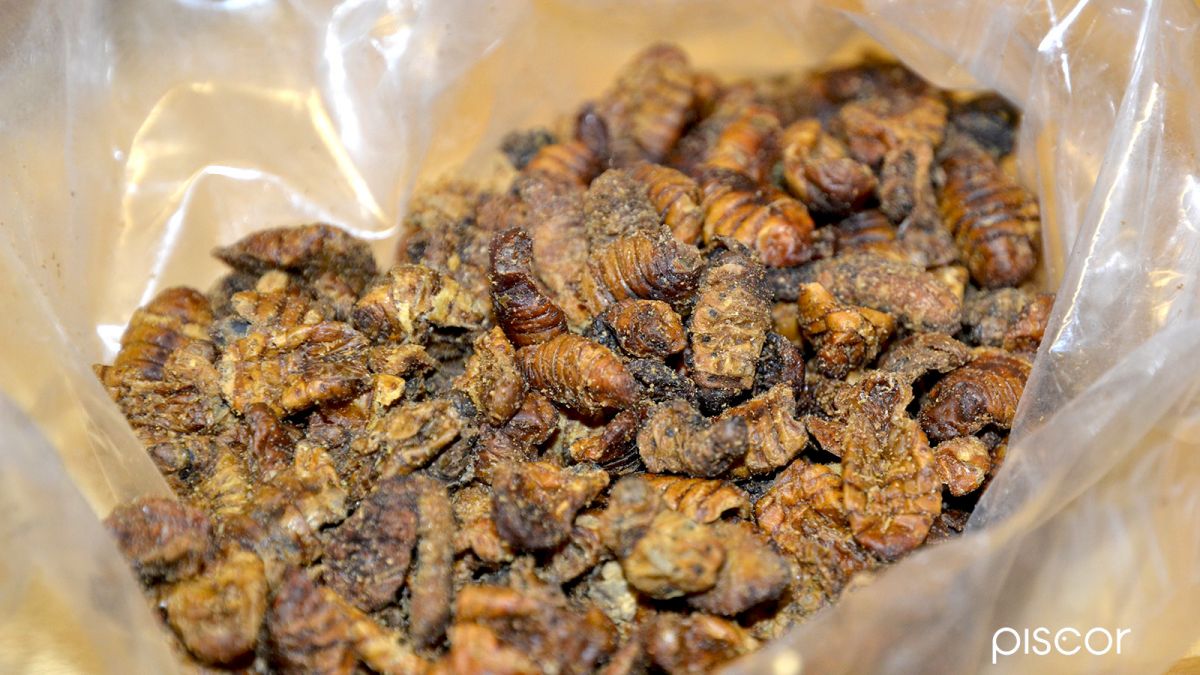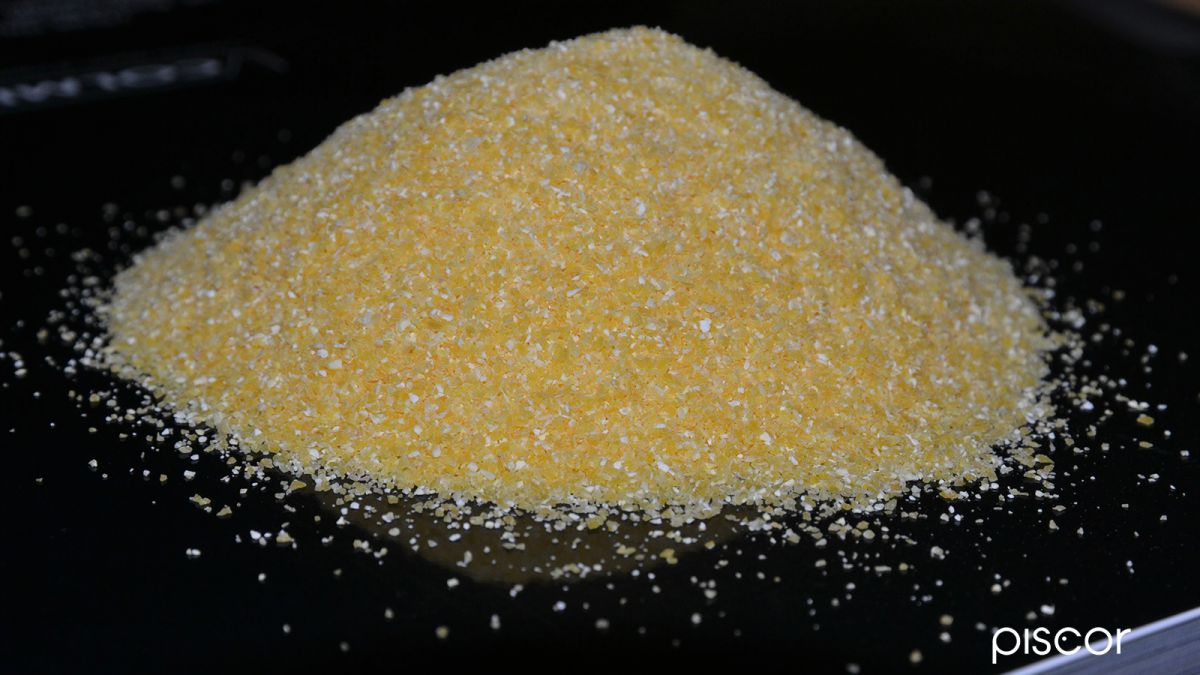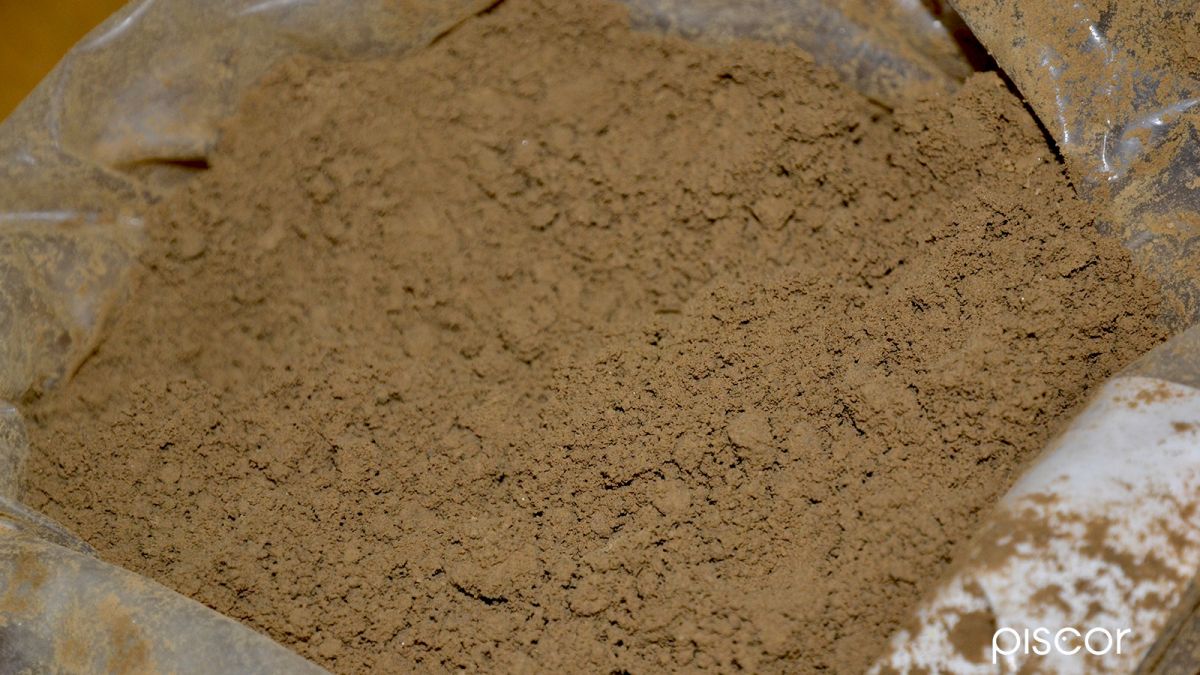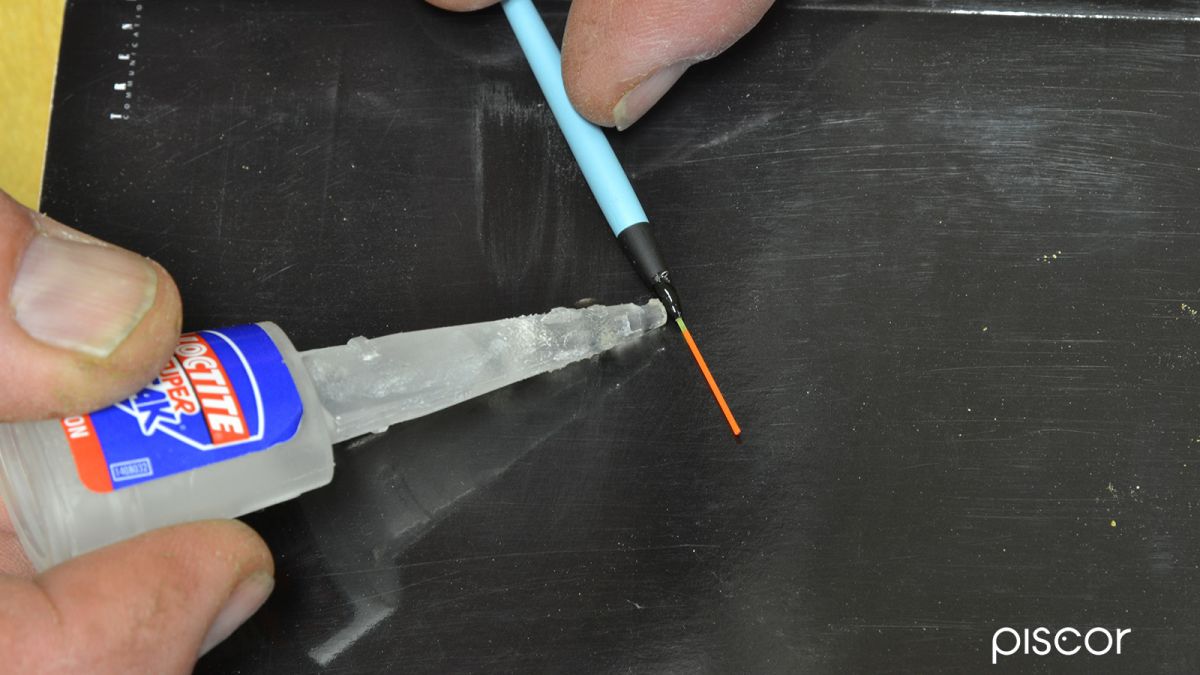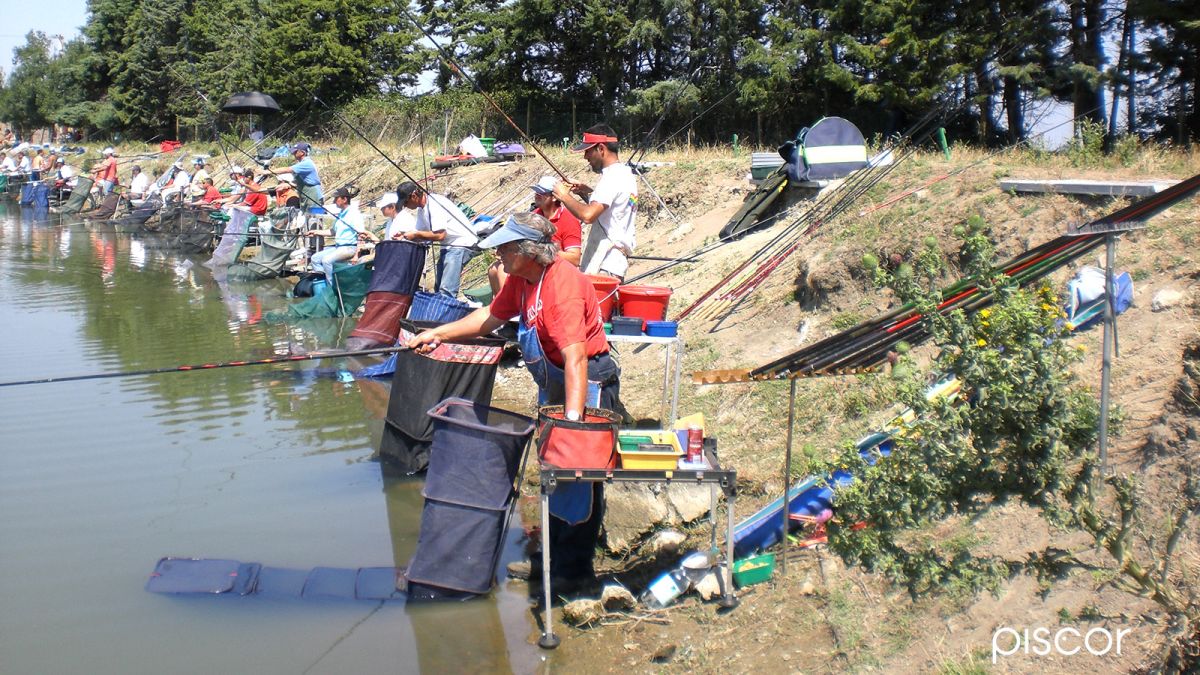Very often, especially when things get badly in competition and it is urgent to catch some fish, we have to fall back on bleaks. In fact, often the whole race is set up on them.
The fishing action
Bleak fishing on the surface has two aspects. It is very easy and elementary, so much so that it is considered the most appropriate one to start fishing small children, if it is a matter of having fun catching a few small fish, but it has a degree of difficulty that intensify with the increasing number of catches, starting from the medium difficulty one, when there are 400-500 bleaks to be caught in three hours, up to the very difficult one of 1500 bleaks at the same time, a very hard goal to reach, even physically.
The technique of fast bleak fishing is a mixture of coordination and precision of movements and absolute concentration. Coordination and precision can only be achieved with training, mental concentration is a very personal fact.
A trick to maintain concentration is to count the fish caught, which does not allow you to distract yourself with other thoughts and, we assure you, that at the end of the three hours of competition the error does not exceed three or four units more or less.
The fishing action starts from the launch of the line with a movement of the rod similar to a lash to keep the line well stretched and to give it a sufficient speed to allow a noisy fall into the water of the plumbing’s bulk.
This thud, the stronger the heavier the bulk is, joins the baiting in recalling the fish and is very important. From the moment the lead is in the water, the control of the float starts and the retrieve can happen even before the float goes fishing and it is here, on the advance, that times and fish are earned and the competitions are won.
The retrieve, practically, does not exist, the rod must simply be lifted and the bleak must be extracted from the water with a movement that is as fast as possible, but in a progressive way and without tearing. It sounds easy, but this is the most difficult movement to learn and make it automatic.
The fish must be "guided" towards the left hand, which must not detach itself from the body too much and, once grasped, must be approached to the base of the rod where the thumb and forefinger of the hand holding the tool think to unblock it, obviously without leaving the rod.
In a race of 1000 fish, then 5.5 fish per minute on average, all this must be done in less than 11 seconds. In reality, the time available is much less because the average of 5.5 fish per minute also takes into account downtime, i.e. the time to trigger, to replace the rig, the change of rod, the resolution of some "incident" such as tangles and moments when the fish can eat less.
So, if you analyze well, the average catch cleaned of dead time is much higher and go even around 10 fish per minute, so the time of execution of the complete movement of throwing-catch-splitting-relaunch drops to 6 seconds. Imagine how short it was to the now unrepeatable times of 1500 fish in three hours...
The application of the line to the tip
The method of application of the line to the tip is extremely important because the movements of this fishing technique are always very rapid and the elements that interfere with these are numerous, first of all the wind. It is therefore necessary that the method of attack is as simple as possible to prevent the wire from clinging to the line, which then tends to twist around the tip, which causes two very boring effects: the shortening of the line and, if the problem of repeating several times, the formation of coils in the part of the line that continues to wind on the tip that end up creating a graceful, but certainly not welcome, spring curl.
The more elusive, small and light the attack, the better. We will teach you the two systems most in use, which have never given problems and are also at no cost. In any case I use the tubes that are used to stop the wire on the drift of the floats. The first system involves gluing with cyanoacrylate glue a tube of 3-4 mm to 5 mm from the end of the tip.
Pass the thread through another tube identical to the glued one and make a small buttonhole. Pass the thread through the buttonhole and apply downstream of the piece of thread glued pulling well. Block the whole by applying the piece of movable tube to the end of the tip. The second system is even simpler. The piece of pipe is fixed exactly at the end of the tip. Insert the wire into a piece of silicone tube with a diameter just larger than that of the tube fixed to the tip. Make the usual buttonhole and go over the wire as before, blocking it downstream of the glued tube. Thread the silicone tube onto the fixed one and you're done.
SMALL TRICKS
Pasture
As they are, the Italian commercial pastures are of excellent quality. However, the mania, because of this, often, it is a matter of giving a personal touch to your pasture is always ready to give its effects. Sometimes they are sensible additions, sometimes they are not.
However, the addition of chrysalis flour should always be considered. One hectogram per kilo of pasture is already more than enough, because it is an ingredient rich in nutrients and, therefore, to be dosed carefully.
Now let's see how to make it. On sale in pet food stores, not in those for dogs and cats, but in those for farm animals, you will find silkworm chrysalis flour that we do not recommend to use for bleak baiting. First of all, because it has a coarse grain size, but this may not be a problem, because we could remake it finer, but especially because it may have been prepared a long time ago.
Silkworm chrysalis, or silkworm chrysalis, contains many high quality proteins and a good percentage of fats, but the latter tend to deteriorate over time. This phenomenon accelerates with the exposure to the air, therefore, the crushing of the whole chrysalis for the reduction in flour, increasing the surface exposed to the oxygen of the air, deteriorates the product in a short time.
Here, then, is what to do to always have a product of excellent quality.
- Always buy whole chrysalises in small quantities to avoid ageing. The best are those with a dark hazelnut color that is not too "wrinkled", greasy to the touch and emitting a strong characteristic smell. The presence of broken chrysalises in the total mass must be as low as possible.
- After purchase, the chrysalises should be placed in an airtight container to be kept in a very dry and cool place. The buckets with watertight stoppers, such as those used for wall dyeing, are excellent. If you have a refrigerator for bait, you can keep the chrysalis perfectly for many months.
- Reduce to flour only the amount of chrysalis needed from time to time. Since these quantities are small, you can use an old electric coffee grinder. The only precaution to take is not to heat the flour too much, so if you feel that the engine of the grinder emits too much heat, stop and let it cool.
- The degree of grinding depends on the size of the bleaks you intend to fish, but in general, the finer the bleak the better.
In addition to the chrysalis flour, you can add other ingredients to the pasturage, either to change the aroma, or the behavior. Among the flavourings, the most commonly used are cumin, star anise and vanilla, all to be measured very sparingly.
Much more important, however, are the additions to change the behavior of the pasture. In addition to the already mentioned dyes, an addition of fine raw corn flour allows a very rapid disintegration without changing too much the nutritional power.
If we want to have a very disintegrating pasture with a rather dark color, there is nothing better than the Belgian coconut in the proportion of 10-15 % of the weight of pasture. The same percentage also applies to powdered milk, which has the opposite function to coconut, i.e. to lighten and make a bit of a stain, but it must always be remembered that with powdered milk the nutritional value of the mixture is increased. However, many roller coasters prefer to wet the pasture with water and milk in this case.
Finally, remember that if you have to fish at a distance of more than 6-7 meters, it can be difficult to accurately launch a very wet pasture for surface fishing. In this case, we recommend adding a little bit of soil to the mixture: it definitely increases the specific weight without affecting the consistency of the pasture too much and with an added nutritional value of zero.
Out of curiosity, remember that many years ago there were those who added to the pasture a few drops of phenolphthalein, a powerful laxative that, before its use was banned by the Ministry of Health, was part of the formulation of the most common laxatives for human use. We do not know exactly if the fish have the same digestive mechanisms of man, but the principle, more or less, was this: the bleak eat the pasture, but cannot feed because they immediately redo it because of the effect of the laxative and... continue to bite.
The float
The Tesse have no major problems: they are strong floats and the top cut with the antenna placed in the center make this float indestructible in the part most prone to damage.
Floats with a tapering ending at zero at the base of the antenna are the most at risk, especially if the antenna is very rigid or fiberglass. You can improve the strength of collars and tapering with a little trick that consists in passing around this delicate point a veil of cyanoacrylate glue (Attak) that must be dried well before mounting on the wire.
Another refinement not to be overlooked is the one concerning the silicone blocking drift of these floats which, usually, does not exceed 6-7 mm in length. The advice is to completely cover the drift with a tube that is as thin as possible. There are thin silicones that have a diameter of 0.28 mm and are the right ones for bleak floats.
We must totally avoid, especially for the very light models (4x10, 4x12 and 4x14), the thick tubes for the simple reason that the weight of the plumbing, sometimes, cannot break the surface tension of the water, especially if it is not as crystalline as that of certain canals, and the float has difficulty following the plumbing and going fishing. It seems an excessive refinement, but we assure you that it is not so, because the bleak fishing is done under the shore and it is here that the impurities of the river, the canal or the lake stop.
Do you know that veil of dirt that the wind pushes by the shore? Well, that won't make you go fishing on a 4x12 float stopped on the wire with a big silicone even if you start crying.
Standing or sitting?
How to settle on the shore to fish bleak depends on several things. Let's say right away that it is always better to be as low as possible so as not to cast shadows on the water, especially if you fish short.
So, sitting on the basket should be the right solution and it is certainly the right solution during a competition when you think you have to change technique after a while 'fishing bleak to move, perhaps, to the roubaisienne.
To fish well standing up, you must be at water level, use a rod of at least 3.50 meters and be properly equipped, ie have a belt to which apply the bucket of pasture and a table or other support on which to place bait, endings and everything that may be needed during a fishing that does not allow waste of time.
How to improve maggots
To be able to improve the "performance" of our maggots, i.e. to maximise their endurance once they are triggered, is possible. Just be patient and follow the instructions.
- Buy about a pound of maggots and put them in a bowl together with dry sawdust mixed with a little sand so that they are just covered.
- Place the bowl with the maggots in the bait fridge at about 4-5°C.
- Once every 15 days or so, sift them, removing the dead ones and those that may have turned into casters.
- After keeping them at room temperature for a few hours and "turning" them, put them back in the fridge, always with sand mixed with sawdust and just moisten with a vaporizer.
Thus treated, maggots can be carried on for several months and, after a few weeks of treatment, are ready to use, but, clearly, the longer the time, the better it becomes. When needed, only the quantity that is considered sufficient is removed from the bowl.
Then, you have to choose the best larvae. To do this, the procedure is as follows: the larvae heated to room temperature are turned over into a small box of baits, therefore well mobile, inside a fairly large basin.
From the point where the box is turned upside down, the liveliest ones will immediately begin to move radiating towards the walls of the container. The most active larvae are the best and collect themselves, after having established the right size on the basis of the hook that we will use, putting them in the bait holder with a veil of sawdust to keep them well dry. The weak and slow ones are to be discarded because they will resist very little to the trigger and to the bites of the fishes.

